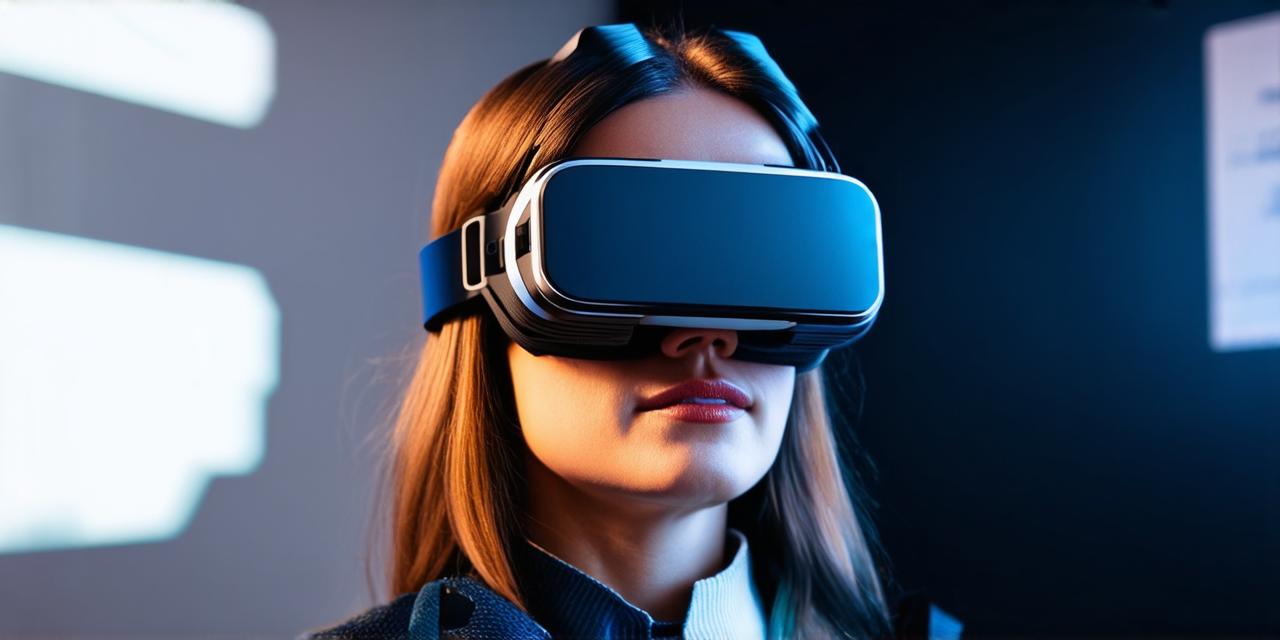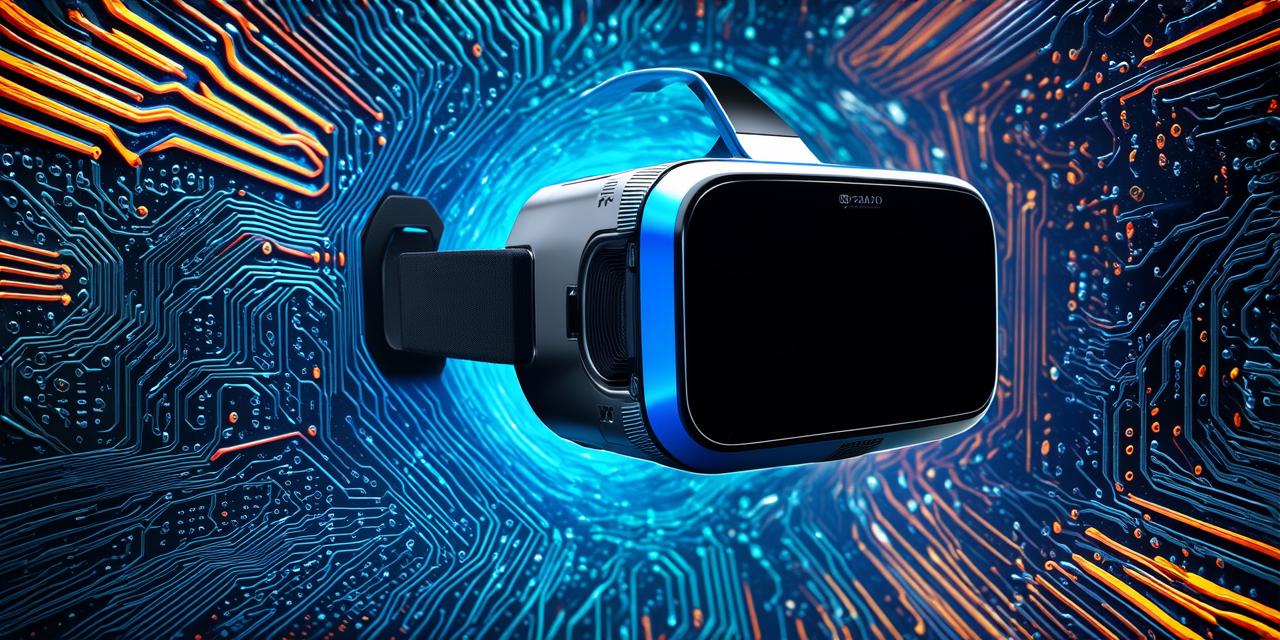Virtual reality (VR) and augmented reality (AR) are two of the most exciting technologies in the world today. They both involve immersing users in digital environments that blend the real and virtual worlds, but there are some key differences between them.
Virtual Reality vs Augmented Reality: What Is the Difference?
Virtual reality is a fully immersive experience where users are placed in a computer-generated environment that completely replaces their physical surroundings. In contrast, augmented reality enhances and overlays digital elements onto the real world, allowing users to see and interact with virtual objects in their natural environment. The main difference between VR and AR is that VR creates a completely artificial environment, while AR adds digital elements to the real world.
Virtual Reality: A Fully Immersive Experience
Virtual reality is often associated with science fiction movies, where characters are transported into a computer-generated world. But in reality, VR technology has been around for decades and is used in many industries, including gaming, education, and healthcare. VR works by using sensors and cameras to track the movement of the user’s head and body, and then projecting images that match the user’s movements onto a screen or set of screens.
One of the main advantages of virtual reality is its ability to create a completely immersive experience for the user. Users can feel as though they are in a different world, with no physical boundaries or distractions. This makes VR an ideal tool for training and simulation, as it allows users to practice skills in a safe and controlled environment.
For example, medical students can use VR simulations to practice surgeries without risking the lives of real patients, while pilots can use VR simulators to practice flying in different scenarios.
Virtual reality also has applications in gaming and entertainment. Gamers can use VR headsets to immerse themselves in a fully interactive game world, with no need for physical controllers or keyboards. This creates a more realistic and engaging gaming experience, as users can physically interact with the game environment.
Augmented Reality: Enhancing the Real World
Augmented reality, on the other hand, enhances the real world by adding digital elements to it. AR technology works by using sensors and cameras to track the user’s location and then overlaying digital information onto their view of the real world.
One of the main advantages of augmented reality is its ability to enhance the user’s understanding and engagement with the real world. By adding digital information to the real world, AR can help users see things from a new perspective and gain valuable insights into complex topics. For example, architects can use AR to visualize how a building will look in its final location, or engineers can use AR to view a 3D model of a machine and see how it works in real time.
Virtual Reality vs Augmented Reality: Which Is Better for What?
While virtual reality and augmented reality both involve immersing users in digital environments, they have different strengths and weaknesses that make them suitable for different applications. Here are some examples of when VR and AR might be the best choice:
- Virtual Reality for Training and Simulation
- Augmented Reality for Education and Training
- Virtual Reality for Gaming and Entertainment
- Augmented Reality for Marketing and Advertising
As we mentioned earlier, virtual reality is ideal for training and simulation applications. Its ability to create a completely immersive experience allows users to practice skills in a safe and controlled environment, without risking the lives of real people or damaging equipment. VR simulations can be used in fields such as medicine, aviation, military, and manufacturing, among others.
Augmented reality is also ideal for education and training applications. Its ability to enhance the real world by adding digital information allows users to see things from a new perspective and gain valuable insights into complex topics. AR can be used in fields such as architecture, engineering, and design, among others.
Virtual reality is ideal for gaming and entertainment applications. Its ability to create a fully immersive experience allows gamers to physically interact with the game environment, creating a more realistic and engaging gaming experience. VR can be used in fields such as gaming, movies, and amusement parks, among others.
Augmented reality is ideal for marketing and advertising applications. Its ability to enhance the real world by adding digital information allows brands to create interactive and engaging experiences for consumers. AR can be used in fields such as retail, fashion, and automotive, among others.
Virtual Reality vs Augmented Reality: Which One Will Win?
It is difficult to say which virtual reality or augmented reality technology will win in the end, as both have unique strengths and weaknesses. However, one thing is certain – virtual reality and augmented reality are here to stay, and they will continue to change the way we interact with digital information.

As technology continues to advance, we can expect to see more innovative uses of virtual reality and augmented reality in a variety of industries. Whether it’s training medical students in VR simulations or enhancing customer experiences with AR-powered product displays, the possibilities are endless.
In conclusion, virtual reality and augmented reality are two exciting technologies that have different strengths and weaknesses. Virtual reality is ideal for fully immersive experiences, such as training and simulation, while augmented reality is ideal for enhancing the real world by adding digital information. Both technologies will continue to evolve and shape our future in ways we can only imagine.




